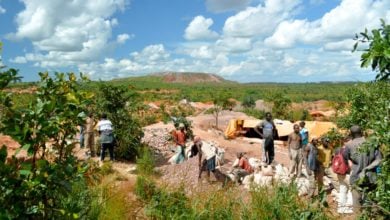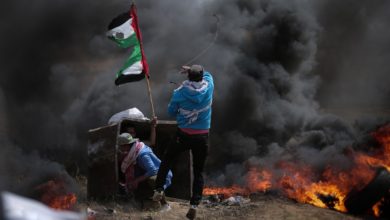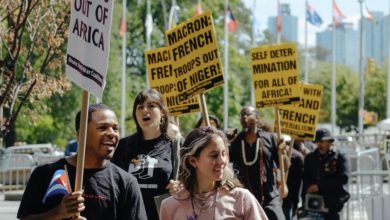While many know the names Nelson Mandela, Desmond Tutu or Steve Biko, they may be less aware of the role Indians played in the struggle to defeat apartheid. That struggle for justice began long before 1948, the year the racist white government formally established the set of laws called apartheid, or “apartness.”
In 1894, Mohandas Gandhi, a young Indian lawyer living in South Africa, helped found the Natal Indian Congress, a group that lobbied for the rights of Indians in South Africa. Gandhi later gained fame as “Mahatma” in the struggle against British colonial rule in India, but in South Africa the NIC began essentially as a lobbying organization predominantly fighting for the rights of a relatively privileged class of Indian merchants and traders living in South Africa.
In 1950, the Population Registration Act required that all South Africans be classified by race as white, black, or colored, a group that included Indians and people of mixed ethnicity. White South Africans were at the top of a racist hierarchy, while Indians held a relatively privileged position above that of the super-exploited Black majority. The NIC reflected that system when it first was formed: it had a narrow focus, and did not join with Black South Africans in a broader, multi-racial struggle.
Unity and a new, radical direction
Struggles against segregation in the 1930s and 1940s led to a radicalization of the NIC. Racist white South Africans pressed for legal action against the few Indians that moved into their neighborhoods, and the government passed the Occupation of Land (Transvaal and Natal) Restrictions Act of 1943. The act, which lasted three years, mandated that no land or property transactions could occur between Indians and whites without government approval.
Moderate members of the NIC proposed the establishment of a commission to be comprised of three whites and two Indians to consider such transactions after the expiration of the Restrictions Act. Others in the organization objected, describing it as a form of self-segregation and collaboration with the apartheid system.
The more radical trend formed the Anti-Segregation Committee of Action in 1943 and took over the leadership of the NIC in 1945 soon after the old leadership resigned. A crowd of 7,000 supporters cheered on the new leadership as their election was publically announced.
Leaders included radical students, union organizers and members of the Communist Party of South Africa (the present-day South African Communist Party). G. M. Naicker, who served as president of the revitalized NIC, was a medical doctor in Durban who had worked as a union organizer. Naicker strongly opposed the older, moderate leadership’s approach, supported militant action against racist policies and valued solidarity with Black organizations–which was formalized with an alliance with the African National Congress in 1947.
Naicker became editor of two CPSA publications, Guardian and New Age. He later became editor of Sechaba, a journal of the ANC.
In 1946, when the government passed an act mandating residential and business segregation for Indians in Natal, it sparked militant direct action. In Durban, 15,000 people pledged to resist the laws. Vacant plots of land were occupied and provincial borders were crossed in violation of the law. The South African government, concerned about the rising militancy tried to divide the movement by meeting with Indian representatives who were not “communistic” or advocates of illegal action.
Other well-known South African revolutionaries of Indian descent include Ahmed Kathrada, who was active in the CPSA, ANC and other organizations. He was in his teens when he met Nelson Mandela. When the ANC was banned in 1960, Kathrada became one of the leaders of the organization. He too was jailed, and spent 26 years imprisoned, much of that time on Robben Island along with Mandela, his comrade.
Fatima Meer, whose mother was of Portuguese descent and father Indian, was a founding member of the Federation of South African Women, an organization formed in 1955. The Federation organized the 1956 Anti-Pass March in Pretoria, in which demonstrators protested against the passbooks non-whites were required to carry by going into the political heart of the white minority regime. Meer was closely allied with Winnie Mandela, and she is the author of the first authorized biography of Nelson Mandela, Higher than Hope.
Meer, Kathrada, and many other Indians worked closely with their comrades, across racial lines, in the struggle to defeat apartheid in South Africa. They set an inspiring example for new generations of activists who seek to stand up to injustice today.




